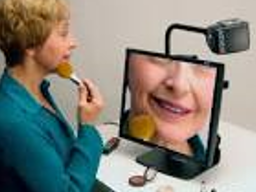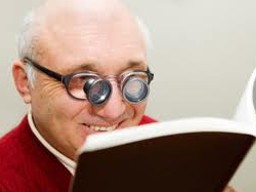WHAT IS LOW VISION?
Most of us experience normal changes in vision as we age. These changes are physiological, can be corrected with ordinary prescription spectacles or contact lenses and do not result in functional limitations.
However pathological changes in the eye can cause permanent irreversible loss of vision that cannot be corrected in spite of conventional, surgical, medical and or optometric therapy. People who fall into this category are said to have low vision.
Of all disabilities, low vision or partial sight is perhaps the most misunderstood. People tend to think of it as the “all or nothing “– either you are fully sighted or totally blind with no in-between. Very few people are in fact totally blind. Partial loss of vision or low vision is very much the rule rather than the exception.
What is important is to remember that there is some form of vision remaining. The low vision practitioner aims to find those areas of vision and make them function more efficiently.
WHAT CAUSES LOW VISION?
- Congenital conditions (conditions present from birth)
- Hereditary defects
- Infections
- Disease or trauma
Some of the more common ocular pathologies causing low vision are:
- Macular degeneration (central vision loss)
- Cataract (overall decline or blurriness of vision)
- Glaucoma (peripheral field loss)
- Diabetic retinopathy
- Retinitis Pigmentosa
- Albinism




